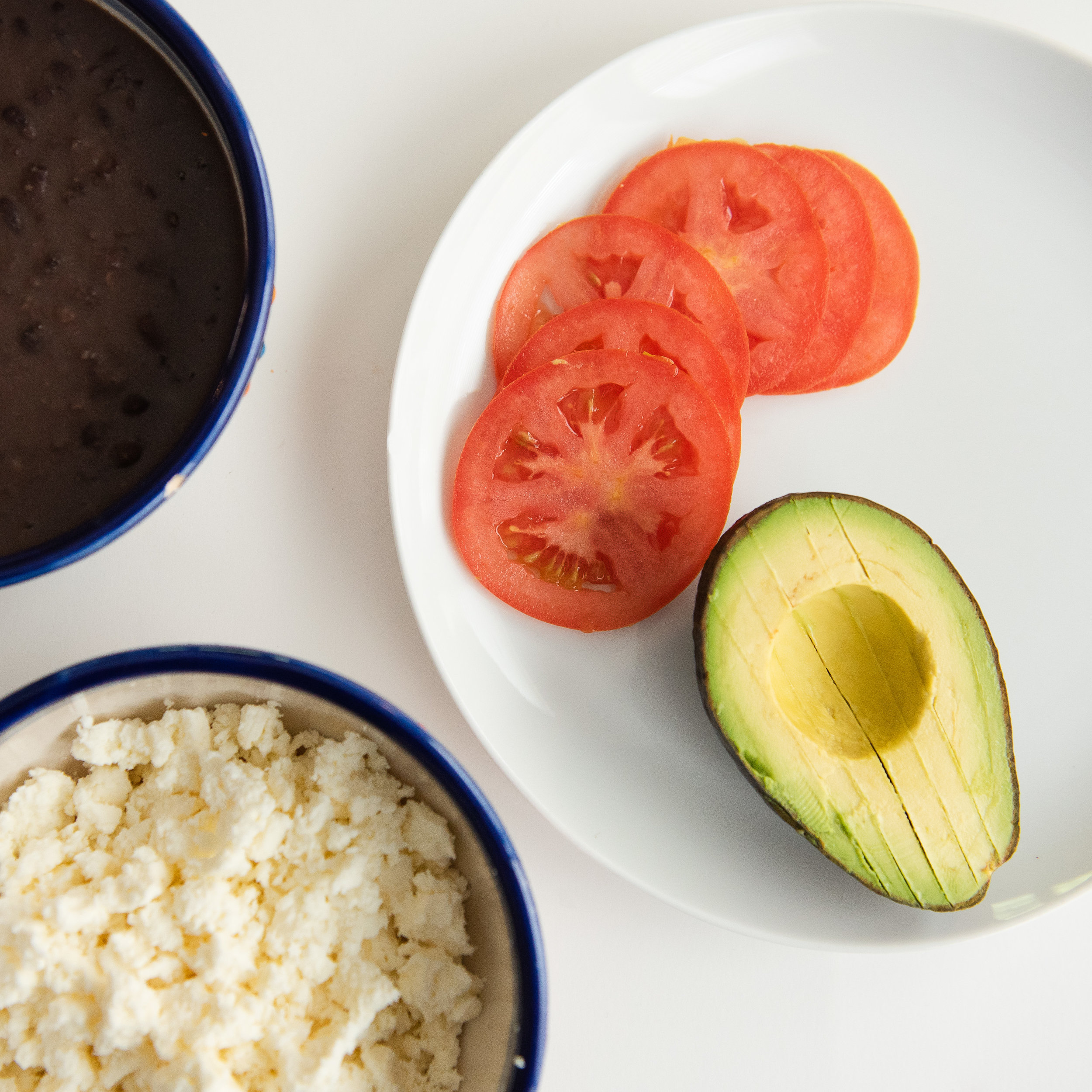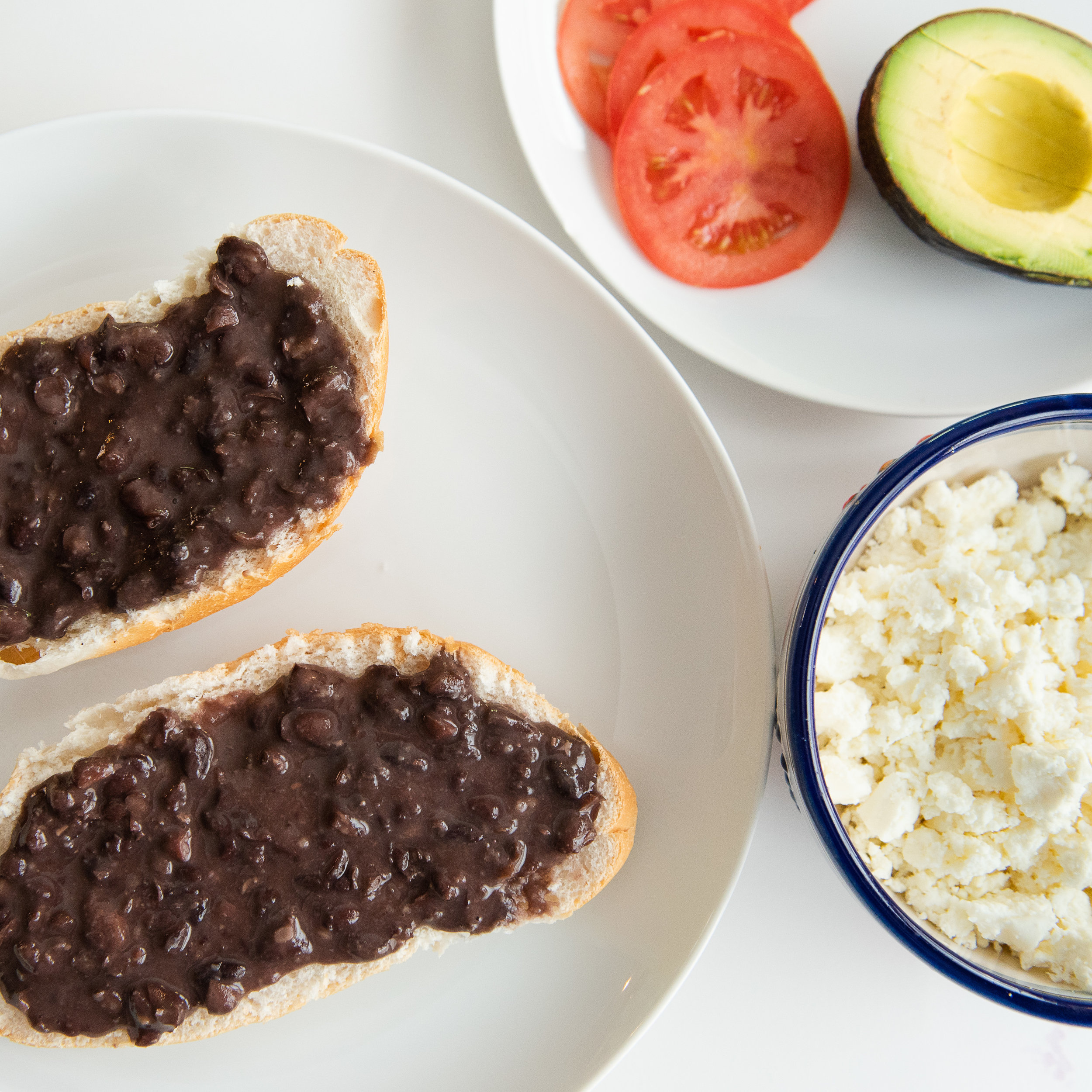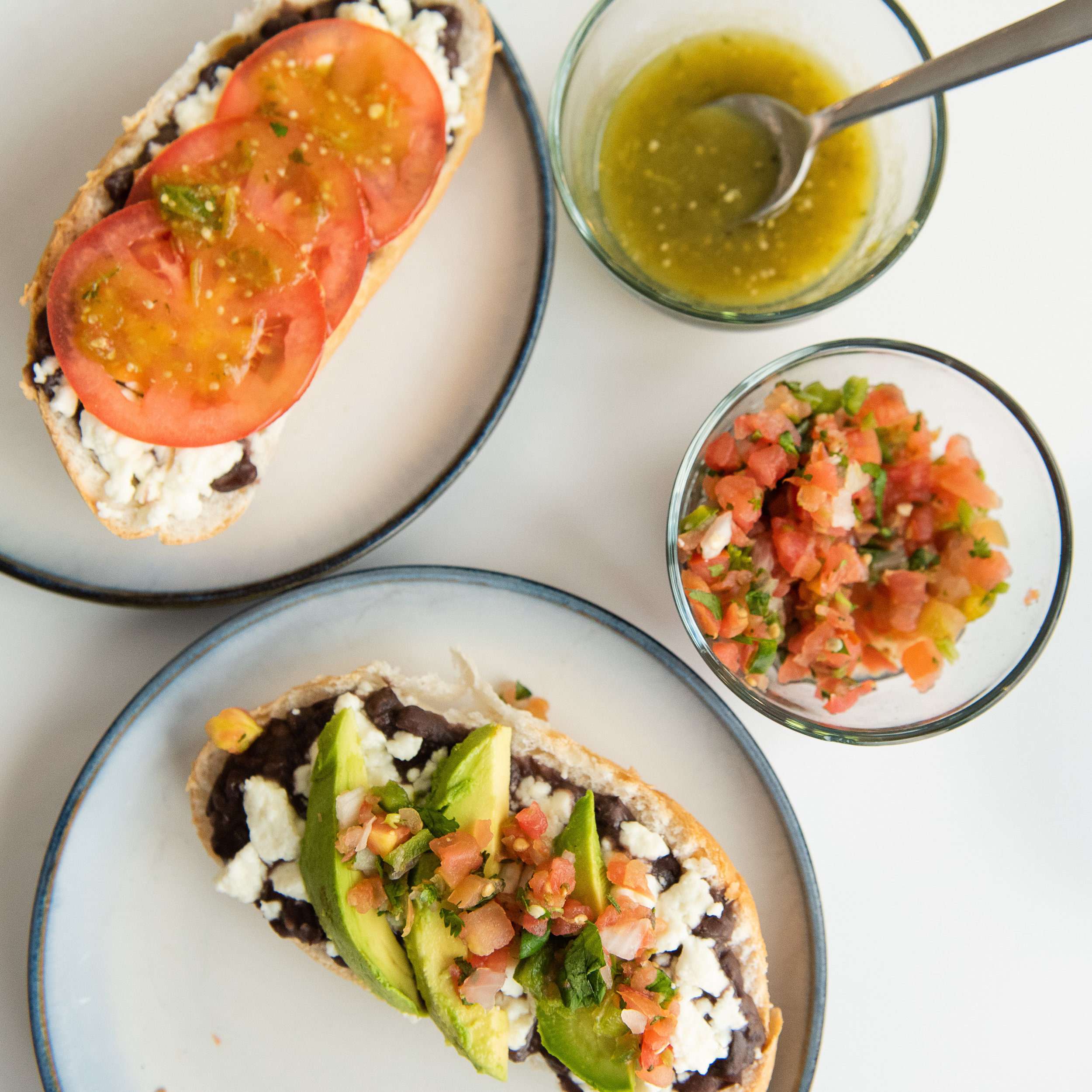El Dia de los Muertos is a Mexican holiday that’s celebrated Oct 31st- Nov 2nd. I’ve been seeing the popularization of this holiday among main stream culture. With that, I’ve been feeling a little annoyed (for lack of a better word) because I feel that there’s really no understanding behind it, it just looks pretty, and if it looks pretty, it will sell. And what I don’t want to see happen, is that we lose the roots and culture of this special holiday.
It’s great to have interest in Mexican culture, I love talking about this stuff with other people, so I’d like to help you understand a little more about how this holiday is routed in honor and culture — holding a deep meaning to those who celebrate it.
Origins
The Day of the Dead dates back to pre-Columbian cultures. That’s a LONG time ago; like before the Europeans came to Mesoamerica to colonize it. It’s always been a time to celebrate the death of ancestors and has evolved over time.
The celebrations evolved into the modern day festivities but were originally the entire 9th month of the Aztec calendar (August), and were dedicated to La Calavera Catrina or “Lady of the Dead”.
While it used to be celebrated in the summer it’s become associated with “All Saints Day, or All Souls Day”. It has evolved into a day to honor infants and children who have passed on Nov 1st, and a day to honor adults who have passed on Nov 2nd.
I’ve learned that it wasn’t until the 20th century that it was even celebrated in the northern parts of Mexico. Mexico is a predominantly Catholic country, so they celebrated “All Saints Day” like other Christians around the world. In the 1960s Mexico made Day of the Dead a national holiday, inviting the northern part of Mexico to also celebrate this tradition.
La Calavera
La Calavara Catrina is a lady depicted as a skeleton wearing only a large European style hat. It’s thought to have depicted the upper class, but it was said that "Death brings this neutralizing force; everyone is equal in the end. Sometimes people have to be reminded of that." (David de la Torre)
Mexican interpretation of death is unique from other cultures in that it uses offerings, songs, respect and humor. While other cultures interpret La Catrina differently, in Mexico, it’s thought that she represents the European culture being pressed upon Mesoamerica, but remind us that the bones within are still native.
tradition
The sugar skull is an image associated with day of the dead. People even get their face painted with intricate and beautiful designs. The calavera, is an artistic representation of a skull of a person who is deceased, and can often be made to depict certain characteristics of that person making them recognizable in skeleton form.
This is a beautiful tradition, but doing this as a Halloween costume or out of context can be seen as cultural appropriation.
Often the calaveras are placed on an alter reserved for family who has died. An alter or ofrenda is made in the home or on a grave site as a remembrance and an honor to the loved ones. They can include the person’s favorite foods, music, trinkets, along with candles, calaveras, marigold flowers, colorful decorations, and photos.
Marigolds—often used as decoration—are said to represent the fragility of life. They also serve as a guidance to the spirits as they come back to this world to feel the love of their family, and take that love back with them.
During this time, family time is very important. Stories are shared, and food is passed as everyone remembers those who are gone. It’s a celebration of life; of life passed, and of the lives that are still living. Death is nothing we should be afraid of, but rather as a reminder of the importance of our life now.
I understand wanting to be a part of a celebration like this, especially one that is full of joy, food and drinks. In other cultures, death is typically associated with sadness and grief. While there is definitely sadness to the death of loved ones, (I can’t even think about losing someone close to me without having anxiety) the Mexican culture has found a way to continue honoring that person’s life beyond the grave. Their memory stays alive. There’s joy, happiness, bright colors, and celebration. Rather than simply putting some sugar skulls on socks or t-shirts to wear them on the day, think about how it can affect your own life. Think about how you can truly understand someone else’s traditions, see the good in them, and respect them without trying to gain anything for yourself.
This is a nice video about Dia de los Muertos if you want to hear more.
SIGN UP
Join the mailing list to be the first to know when there's a new collection launch, exclusive promotions, blog posts, and to get a behind-the-scenes look as Karina travels to capture work for new print offerings.











